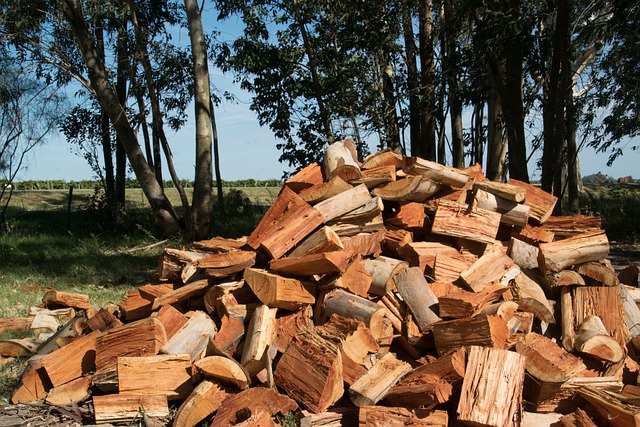I was recently in a networking meeting with many professionals from various fields. At some point, we each took a turn stating what we needed and are looking for, such as an architect, or a structural engineer, r a connection to a particular company for whim we want to provide professional services. However, one participant actually asked us to notify him if we happened upon any downed trees or branches. It turned out that he created art from tree branches and trunks as an art form. The incident made me think of the adage (updated): “One person’s junk is another person’s treasure.” And this was because I am currently working on a community garden project, which will be mostly funded through grants and fundraising, which means that we do not have a huge budget. Fortunately, we found suppliers willing to donate landscaping material, such as “offcuts,” which are remnants of larger rocks used for other landscaping projects. Their donation helps them by ridding themselves of material they do not need, and, of course, it is also a benefit for the community garden.
Recycling construction material is not a new phenomenon, but it is rather surprising that more of its not done. This is partly because many people still have a mindset of buying new merchandise and resources. After all, they think the quality is better, their lifecycle is longer, and/or they prefer to buy new items. However, recycled and reused materials can work as well as new materials. In some cases, it may be of equal or better quality, such as metal and wood, instead of using plastic and compressed sawdust, which is often used today. Additionally, and as I have written before, those in the design industry, such as architects and engineers, can include recycled and reused materials in their construction documents, such as plans and specifications.
In working on personal projects, we have the flexibility and authority to seek out recycled materials, which usually save money and help reduce the amount of materials in landfills across the country. Additionally, it can encourage us to be more creative and resourceful by repurposing materials and adapting our design instead of custom buying materials to fit the design. This can be especially useful concerning landscaping projects. As noted above, offcut rocks can be used as planters, ponds, path construction, path boundaries, and other features.
When designing a client or personal project, the best approach is to research which recycled materials are available locally and then determine how to fit them into the actual design best. In some cases, it will not be feasible to include all available materials, but it will be a good start, and you may find that those materials can be used for other future projects. Also, I have found that many construction material suppliers are happy to get rid of the excess materials they have, especially if someone else can collect them and deliver them to the new site. They are also willing to provide this service for a nominal fee in some cases.

